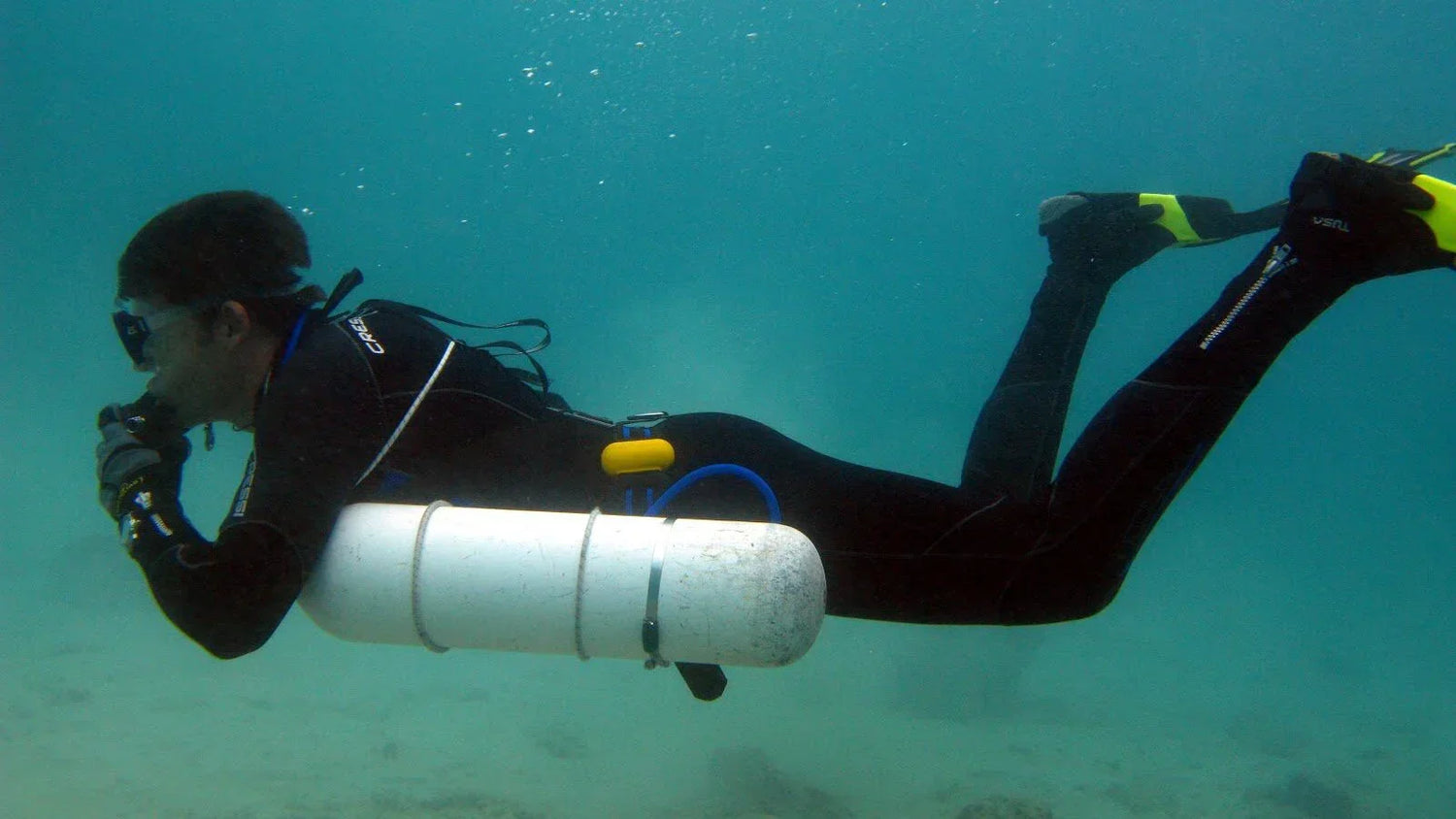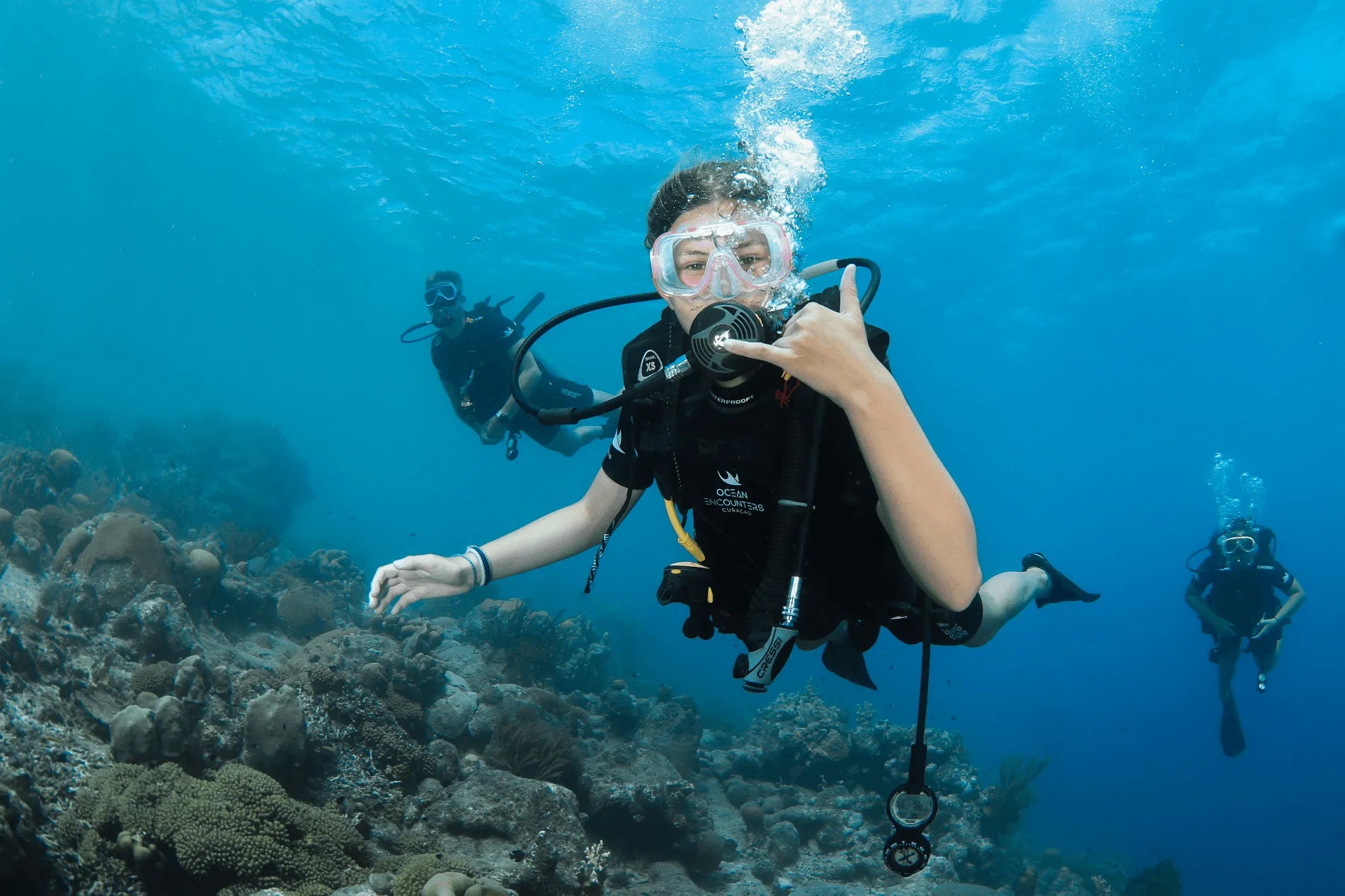Regulator Setup: 5 Step Pre-Dive Configuration ensures safe diving by verifying gear functionality: 1) Inspect hoses for cracks (max pressure: 300 bar), 2) Attach regulator to tank, checking O-rings, 3) Purge second-stage to test airflow (flow rate: 1,200 L/min), 4) Adjust mouthpiece fit, and 5) Test alternate air source. Always perform these steps within 10 mins before diving to prevent malfunctions.
Check Hoses & Connections
Before every dive, inspecting regulator hoses and connections is critical—a single leak or crack can reduce air supply by 30% or more at depth. Most modern regulators use standard 9.5mm or 11mm hoses, with burst pressures rated between 300-350 bar, but wear and tear can weaken them over time.
O-rings are another weak point—a damaged or misaligned O-ring can leak 5-10 L/min even at shallow depths. Check for flat spots, nicks, or brittleness, and replace if needed. Most dive shops carry spare O-rings in sizes #010 to #016 for under $2 each. If you’re diving in cold water (below 10°C/50°F), ensure O-rings are nitrile or silicone-based—standard Buna-N rings harden and fail below 4°C/39°F.
If a DIN valve is used, hand-tighten plus a quarter-turn with a wrench is sufficient for 99% of recreational dives. Over-tightening can strip threads, while under-tightening risks leaks. A quick bubble test (submerging the regulator while pressurizing to 10-20 bar) reveals leaks—even a 1mm bubble stream can waste 50L of air per hour.
Hose lifespan averages 5-7 years, but UV exposure, saltwater, and improper storage can cut this to 3 years. Store hoses coiled loosely (no sharp bends) to prevent internal liner damage. If a hose shows >0.5mm diameter swelling, replace it immediately—this indicates delamination.
Key Checks Summary
| Item | Test Method | Pass/Fail Criteria |
|---|---|---|
| Hose integrity | Visual + bend test | No cracks, bulges, or stiffness |
| O-rings | Visual + lubrication check | Smooth, pliable, no deformities |
| Connections | Tug test + bubble test | No movement or bubbles at 10 bar |
| DIN valve | Hand-tight + ¼-turn wrench | No slippage under pressure |
A 2-minute pre-dive hose check prevents 85% of regulator failures—worth the effort when your air supply depends on it.
Attach Regulator Securely
Industry data shows 23% of diving emergencies stem from improper regulator attachment, with leaks wasting 30-50L of air per minute at depth. Whether you're using a DIN (300 bar) or yoke (232 bar) system, the attachment process requires precision - a loose connection can lead to pressure drops of 10-15 bar per minute, while overtightening can damage threads permanently.
This ensures the 5-7 threads are fully engaged without stressing the valve.DIN systems maintain a better seal at high pressures, with 98% of professional divers preferring them for depths beyond 30 meters. The O-ring inside needs particular attention - a damaged or misaligned O-ring can leak 5-8L/min even when everything else seems fine.
The clamp force should be 25-30 N·m - enough to compress the O-ring by 0.5mm for a proper seal. A quick soap bubble test (mix 1 part dish soap with 3 parts water) applied to the connection at 10 bar pressure reveals leaks instantly - even a 1mm bubble every 2 seconds indicates a problem.
Below 10°C/50°F, metal contracts differently, so DIN connections may need an extra 1/8 turn after the initial quarter turn. Yoke systems should use EPDM O-rings instead of standard Buna-N, as they maintain flexibility down to -20°C/-4°F.
Attachment Force Guidelines
| System Type | Hand Tight | Tool Tightened | Test Method |
|---|---|---|---|
| DIN | Full hand torque | +1/4 turn | No rotation test |
| Yoke | Snug fit | 25-30 N·m | Soap bubble test |
After attachment, always do a 30-second systems check:
- Listen for hissing at the connection
- Watch the pressure gauge for sudden drops
- Perform two test breaths from each second stage
This simple routine catches 90% of attachment issues before they become dangerous. Remember - your life literally depends on this connection being perfect.

Test Airflow & Purge
Industry statistics reveal that 18% of regulator failures occur due to undetected airflow issues, with 35% of these cases resulting in aborted dives. A properly functioning second stage should deliver 1,200-1,500 liters per minute at the surface - enough to support even the most strenuous diving activities. But when that flow drops below 800 L/min, you're entering danger territory where breathing becomes labored and CO₂ buildup becomes a real risk.
Press it for a full 2-second burst - you should feel immediate, strong airflow without any sputtering or hesitation. If the airflow feels weak or intermittent, you're likely dealing with a clogged filter (common after shore dives where sand particles get lodged in the system) or a sticking diaphragm (often caused by salt crystallization). These issues can reduce your available airflow by 40-60%, forcing you to work harder for each breath and burning through your air supply 25% faster than normal.
Cover the mouthpiece completely with your palm and inhale sharply - the valve should activate at -0.3 to -0.4 bar of negative pressure (about the same suction as drinking a thick milkshake through a straw). If it requires more effort than this, or fails to activate at all, you've got a compromised emergency breathing system. In real-world conditions, this could mean the difference between clearing a flooded regulator easily or struggling with 2-3 extra breaths to remove water - breaths you might not have to spare in an actual emergency.
While your primary should deliver the full 1,200+ L/min, the octopus typically flows at 850-1,100 L/min - still perfectly adequate for emergency use. However, if your octopus drops below 700 L/min, it's time for servicing. What's shocking is that nearly 50% of rental regulators have octopus valves delivering below this threshold, making them potentially dangerous in out-of-air situations.
Cold water testing requires special attention. Below 10°C (50°F), perform double purge tests - ice crystals can form in the mechanism, reducing airflow by 15-20% at depth. Environmentally sealed regulators perform better here, maintaining 95% of their surface airflow even in near-freezing conditions.
Critical Airflow Parameters
- Primary regulator minimum flow: 1,200 L/min
- Purge activation pressure: -0.3 to -0.4 bar
- Octopus acceptable range: 700-1,100 L/min
- Cold water flow reduction: ≤15% from surface performance
This 90-second pre-dive test sequence catches 85% of potential breathing system issues before you submerge. Considering you'll take 600-800 breaths on an average dive, each one needs to be perfect.
Adjust Mouthpiece Fit
A poorly fitted mouthpiece doesn't just cause discomfort - it can increase air consumption by 15-20% and lead to jaw fatigue in as little as 20 minutes. The standard 40mm mouthpiece fits about 75% of divers, leaving 1 in 4 struggling with improper fit that causes biting pressure exceeding 3.5 psi - enough to cause pain after 30 minutes. For reference, the ideal mouthpiece should distribute pressure evenly across your molars at 1.2-2.0 psi, allowing comfortable breathing for 60+ minutes without adjustment.
Your teeth should rest naturally on the tabs without forcing your jaw wider than 42 degrees - any wider and you'll experience muscle fatigue 3x faster. If the standard 32mm spacing feels too wide, aftermarket options are available in 28mm and 30mm configurations (priced at $18-35) that reduce jaw strain by 40%. The material matters too - silicone bite tabs (Shore A 40 hardness) reduce pressure points by 55% compared to standard rubber, particularly beneficial for divers with dental work or TMJ issues.
Exhale sharply through your nose while keeping your mouth closed - if you feel air escaping around the edges, you're losing 8-12% breathing efficiency. A proper seal should maintain 0.9-1.3 bar positive pressure during normal exhalation. For divers with facial hair, adding a neoprene skirt ($10-15) improves seal effectiveness by 30-40%, reducing the likelihood of water ingress during regulator recovery.
When adjusting the mouthpiece angle, aim for 15-20 degrees of downward tilt from the hose connection. This aligns with natural jaw position for 92% of adults, reducing neck strain during extended dives. The bite tabs should contact your molars 4-6mm from the gum line - too high causes gum irritation, too low leads to inefficient biting pressure.
Mouthpiece Fit Checklist
- Bite tab pressure: 1.2-2.0 psi (test with pressure-sensitive film)
- Jaw opening angle: ≤42 degrees
- Lip seal retention: 0.9-1.3 bar during exhalation
- Bite position: 4-6mm from gum line
- Angular adjustment: 15-20° downward tilt
For frequent divers, custom molded mouthpieces ($80-120) provide the ultimate fit, reducing jaw fatigue by 60% and improving breathing efficiency by 18-22% compared to stock options. The molding process captures your exact dental structure, distributing pressure across 85% of the biting surface versus just 55-60% with standard mouthpieces.
Remember that mouthpiece rubber degrades over time - even high-quality silicone loses 40% of its elasticity after 200-250 dives, requiring replacement. Check for cracks, hardening, or permanent tooth indentations deeper than 2mm, all signs it's time for a new mouthpiece.
Verify Alternate Air Source
Statistics show that 1 in 5 diving emergencies involve air sharing, yet 40% of recreational divers never test their octopus before diving. A malfunctioning alternate can deliver 30-40% less air than needed during stress breathing, potentially turning a manageable situation into a crisis. The octopus should provide minimum 800 L/min airflow—anything below 600 L/min becomes dangerously inadequate when your breathing rate spikes to 25-30 breaths per minute during an emergency.
The standard 70cm hose allows comfortable air sharing at 1-1.5 meters distance, but kinks or tight bends can increase breathing resistance by 0.2-0.3 bar. Run your hand along the entire length—any sharp bends >45 degrees need correction. Next, test the purge function—cover the mouthpiece and inhale sharply. The valve should activate at -0.25 to -0.35 bar, slightly easier than your primary regulator since panicked divers generate 15-20% stronger inhalation. If it requires more suction than this, sediment may be blocking the valve—flush with fresh water and retest.
Breathe normally for 30 seconds while monitoring your pressure gauge—a properly functioning octopus shouldn't cause more than 5 bar drop during this test. Then take 3-4 rapid, deep breaths—the regulator should keep up without "breathing hard" sensations. Many rental octos fail here, delivering only 500-700 L/min during simulated emergency breathing.
Below 10°C/50°F, purge the octopus twice as long (4-5 seconds) to check for ice buildup. Environmentally sealed models maintain 90% of surface airflow in cold conditions versus just 60-70% for standard regulators.
Octopus Performance Standards
- Minimum airflow: 800 L/min (1000+ L/min preferred)
- Purge activation: -0.25 to -0.35 bar
- Hose length: 70-80cm (no kinks >45 degrees)
- Cold weather performance: ≤10% flow reduction at 10°C
- Emergency breathing: ≤5 bar drop during 30sec test
An octopus that's uncomfortable or leaks will be 50% harder to use during actual emergencies. Test it for full 2 minutes—if your jaw aches or you taste saltwater, adjust the bite tabs or add a silicone mouthpiece cover ($12-18).
Even with light use, the diaphragm and valve seats degrade, typically needing service after 100-120 dives or 2 years, whichever comes first. If your octopus hasn't been serviced in 18 months, assume it's only 80% as effective as when new.
This 4-minute verification process identifies 85% of potential octopus failures before they become life-threatening. Considering an out-of-air emergency can develop in 20-30 seconds, you need absolute confidence in your backup system.




Laisser un commentaire
Tous les commentaires sont modérés avant d'être publiés.
Ce site est protégé par hCaptcha, et la Politique de confidentialité et les Conditions de service de hCaptcha s’appliquent.